Introduction
Electric circuits form the foundation of all electrical systems, from simple torchlights to complex machines. Without circuits, electricity cannot be harnessed for practical use. By learning how electric circuits function, students can build a strong conceptual understanding of physics and also gain skills useful in real-life problem-solving and technology applications.
This guide aims to break down the basic concepts of electric circuits, explore the components involved, and present a detailed view of circuit types and symbols used in diagramming. We’ll also look at how these principles are applied in real-world systems like domestic wiring and electronic devices.
What is an Electric Circuit?
An electric circuit is a continuous path made for current to flow. The electric current, driven by a source of electrical energy, flows through various elements such as wires, resistors, bulbs, and switches before returning to the source. It forms a loop where energy is transferred and converted into different forms like light, heat, and motion.
Explore more: Electric Current and Circuit
Components of a Basic Circuit
- Power Source (Battery or Cell): Provides voltage (potential difference) required to push electrons through the circuit.
- Conducting Wires: These form the pathway for electron flow and are typically made from copper or other conductive materials.
- Load: The part of the circuit where energy is used (e.g., bulbs, fans, resistors).
- Switch: A control mechanism to start or stop the current.
Additional components may include:
- Fuses: For protection against short circuits.
- Meters: Such as ammeters and voltmeters to measure current and voltage.
- Capacitors, Diodes, and LEDs: Common in more advanced circuits.
Components of a Circuit Explained
Understanding each element’s role in a circuit can help students grasp how electricity is directed and controlled.
1. Power Source
The source provides energy to the electrons. A battery or cell creates an electric field by maintaining a difference in electric potential between its terminals.
Explore more: Electric Potential and Potential Difference
2. Conducting Wires
These allow current to pass efficiently. Copper wires are commonly used due to low resistance. The thickness (gauge) of the wire also affects the resistance and current-carrying capacity.
3. Load
The component that utilizes electrical energy to perform a function. Examples include:
- Light Bulbs: Convert electricity into light.
- Electric Heaters: Convert electricity into heat.
- Motors: Convert electricity into mechanical energy.
4. Switch
A device that opens or closes the electrical path. In open conditions, no current flows; in closed, current flows freely.
Types of Circuits
There are several ways components can be arranged, resulting in different types of circuits.
Series Circuit
- Components are arranged in a single loop.
- The same current flows through all components.
- Disadvantage: If one component fails, the circuit breaks.
- Example: Decorative lights often use this design.
Parallel Circuit
- Components are connected across common nodes.
- Each branch gets full voltage, and current is divided.
- Advantage: Independent control of each component.
- Example: Household wiring systems.
Mixed (Series-Parallel) Circuit
- Combines both series and parallel arrangements.
- Offers advantages of both types: reliability and control.
- Example: TV circuits, washing machine control systems.
Learn more: Domestic Electric Circuits
Circuit Symbols
To represent electric circuits, standard symbols are used. These symbols are universally recognized and simplify the understanding and communication of circuit diagrams.
| Component | Symbol Description |
| Cell | One long and one short line |
| Battery | Multiple cells in a row |
| Wire | Straight line |
| Bulb | Circle with a cross inside |
| Switch (Open) | Break in the line with a gap |
| Resistor | Zig-zag line |
| Ammeter | Circle with an ‘A’ |
| Voltmeter | Circle with a ‘V’ |
| Ground | Horizontal lines decreasing |
Understanding these symbols is essential for drawing or interpreting circuit diagrams.
See visual diagrams: Circuit Diagram
Heating Effect of Current
When electric current flows through a resistor or heating element, some electrical energy is converted into heat. This is known as the heating effect of electric current.
Applications:
- Electric Heaters: Use coils that heat up.
- Geysers: Heat water using electrical elements.
- Soldering Irons: Used in electronics to melt solder.
- Toasters & Ovens: Convert electricity into high levels of heat.
This effect is due to resistance offered by materials to the flow of electrons.
Understand the science: Heating Effect of Electric Current
Real-Life Applications
Electric circuits are used across multiple domains:
- Homes: Wall sockets and lighting systems use parallel circuits for reliability.
- Vehicles: Complex circuits manage sensors, lights, and ignition systems.
- Electronics: Phones, tablets, and computers use micro-circuits made of multiple types.
- Industry: Manufacturing systems use circuits for automation and process control.
Specialized circuits in household systems include:
- Earth wires to prevent electrocution.
- Circuit breakers for overload protection.
Frequently Asked Questions
1. What are the main components of an electric circuit?
The core components include a power source, wires, load (device), and switch. Additional parts include meters, fuses, and resistors.
2. What is the difference between a series and parallel circuit?
In a series circuit, all components share a single path; failure in one stops the entire system. In parallel circuits, components work independently.
3. Why are circuit symbols important?
They help in drawing and reading circuit diagrams, making communication easier and more standard across regions and subjects.
4. What causes the heating effect in a circuit?
Resistance in the conducting path causes electrical energy to convert into heat energy, which is used in heating devices.
5. Where are mixed circuits used?
Mixed circuits are used in appliances and systems that require both safety (parallel design) and simplicity (series design).
Conclusion
Electric circuits are an integral part of every technology that uses electricity. From lighting up a room to powering a computer, circuits make it all possible. By learning about circuit components, their arrangement, and symbols, students gain a better understanding of how everyday electrical devices work.
Deeksha Vedantu’s learning modules make it easier to visualize and grasp these complex concepts through interactive resources, relatable examples, and expert explanations. Whether you’re preparing for a school exam or aiming to explore electronics further, understanding circuits is your first big step.
Table of Contents


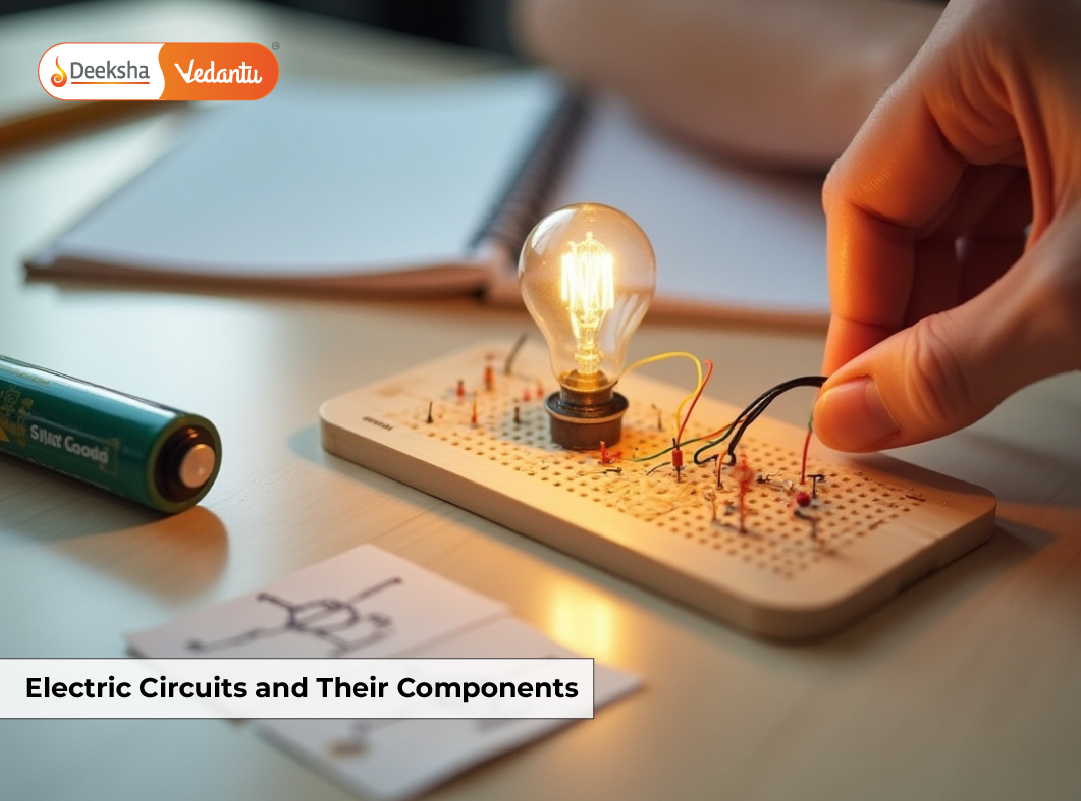


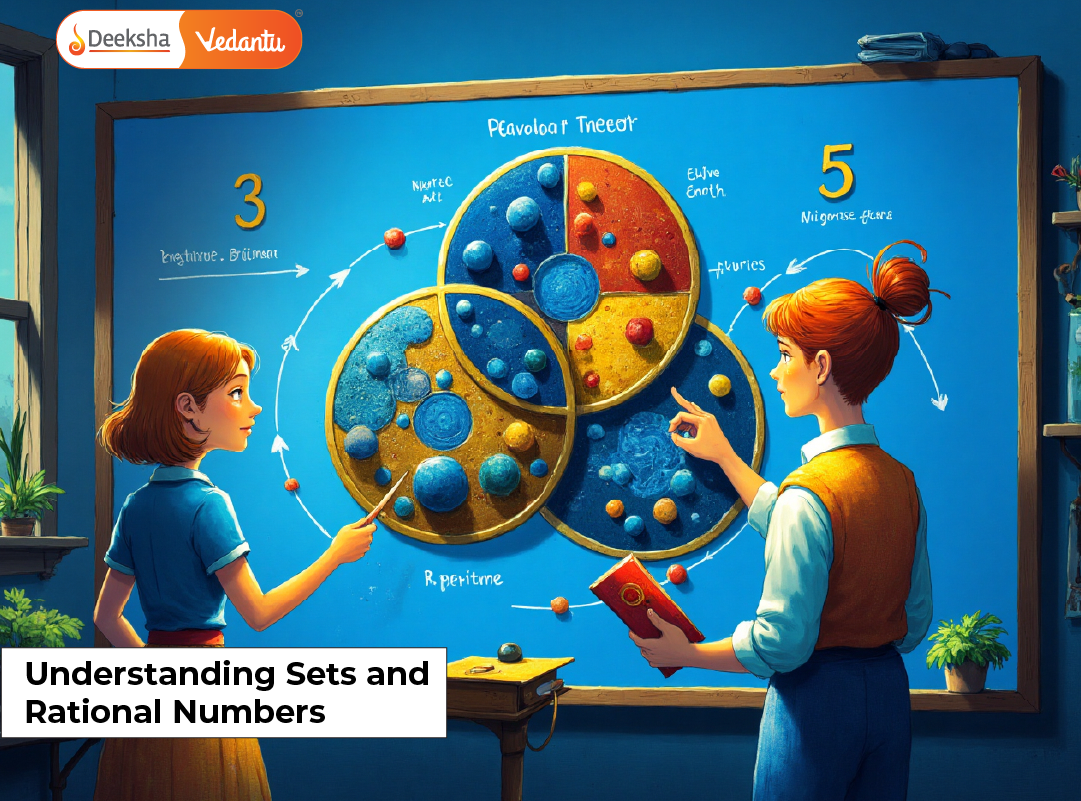

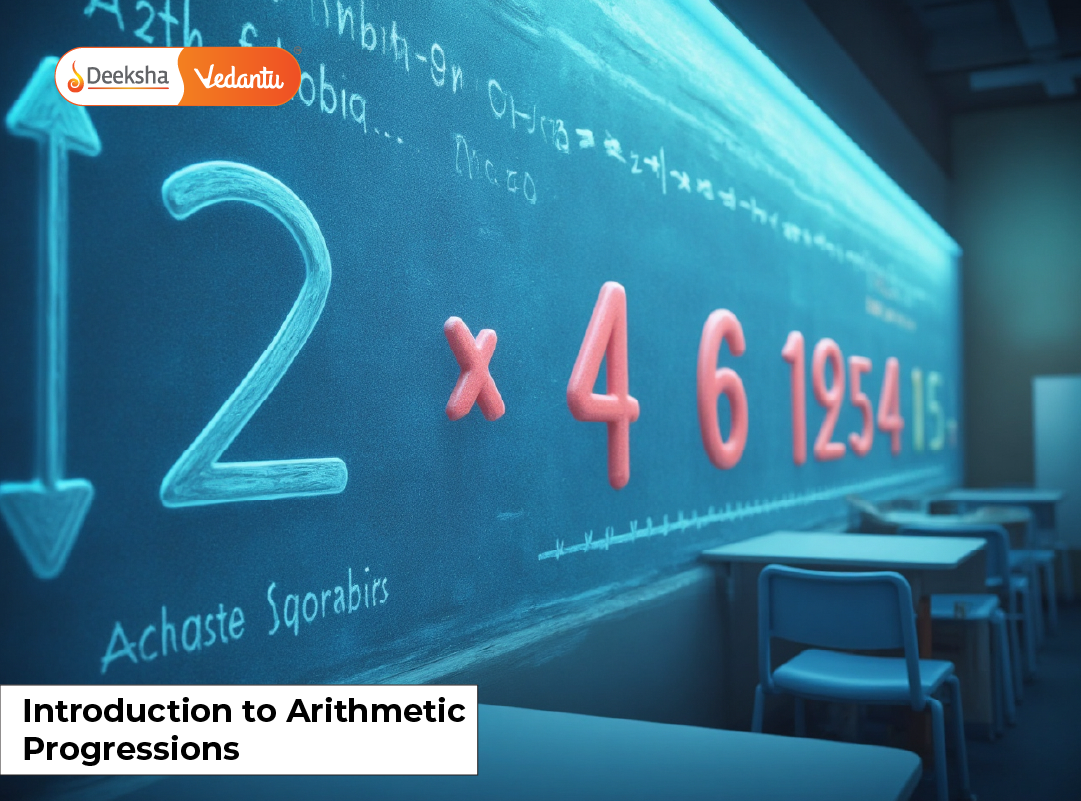


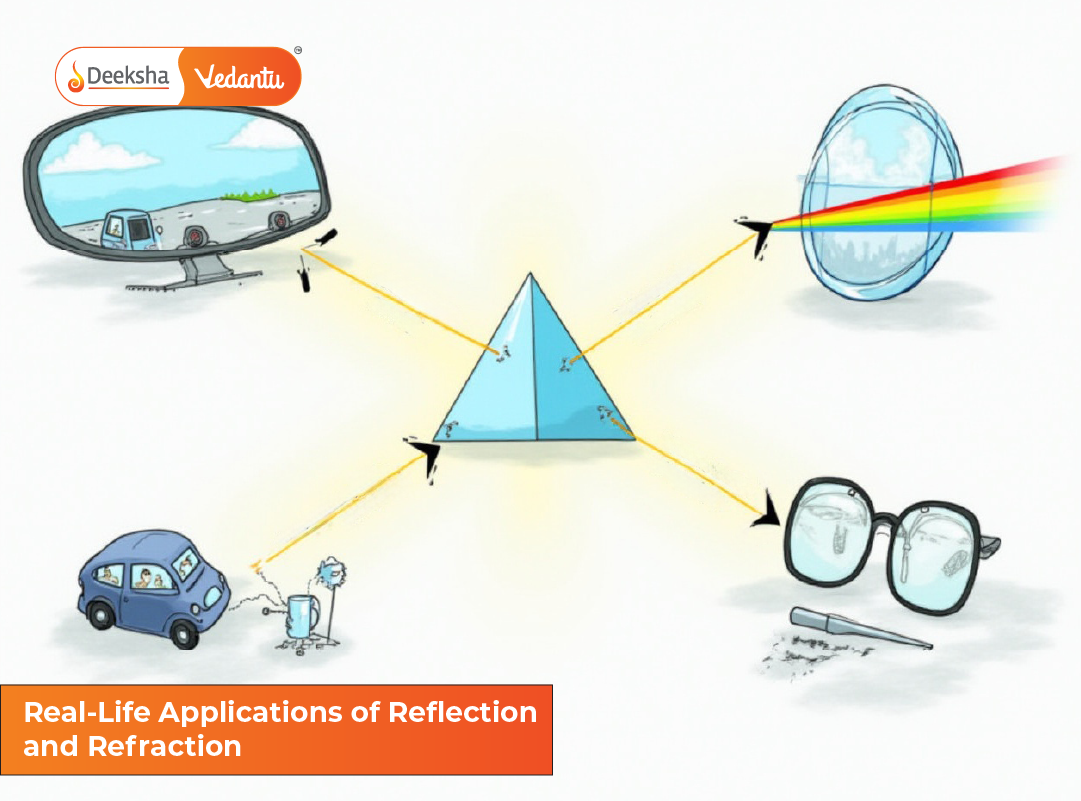
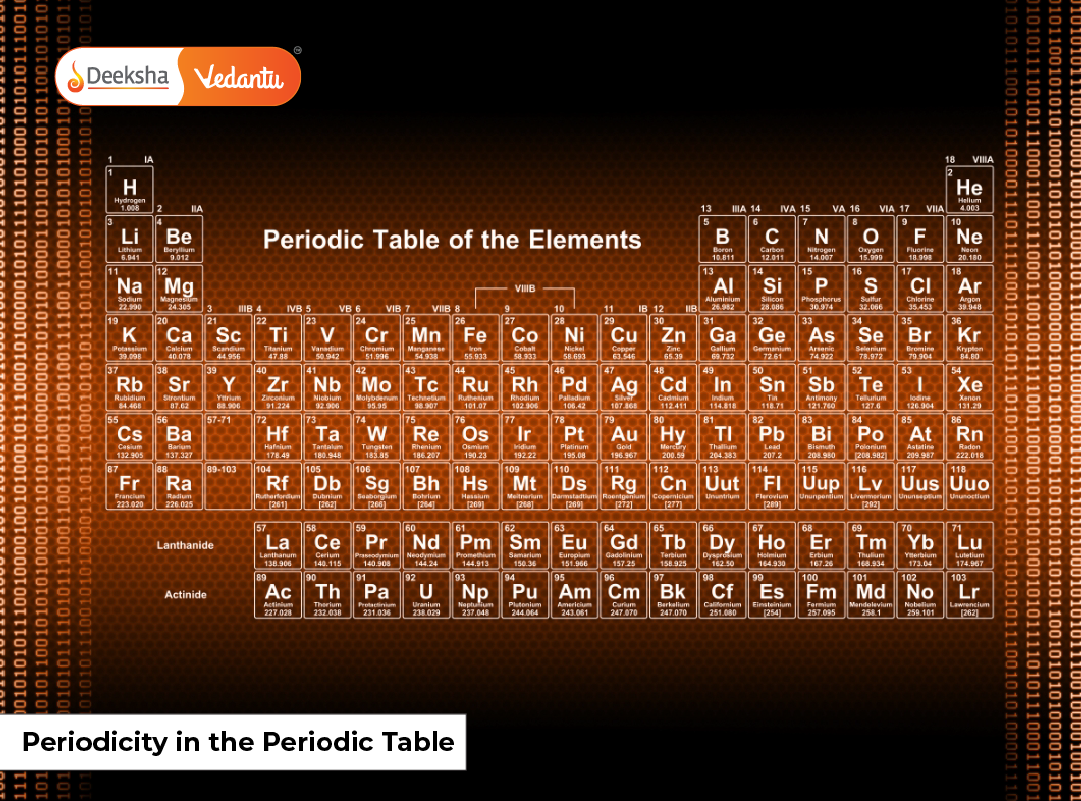



Get Social